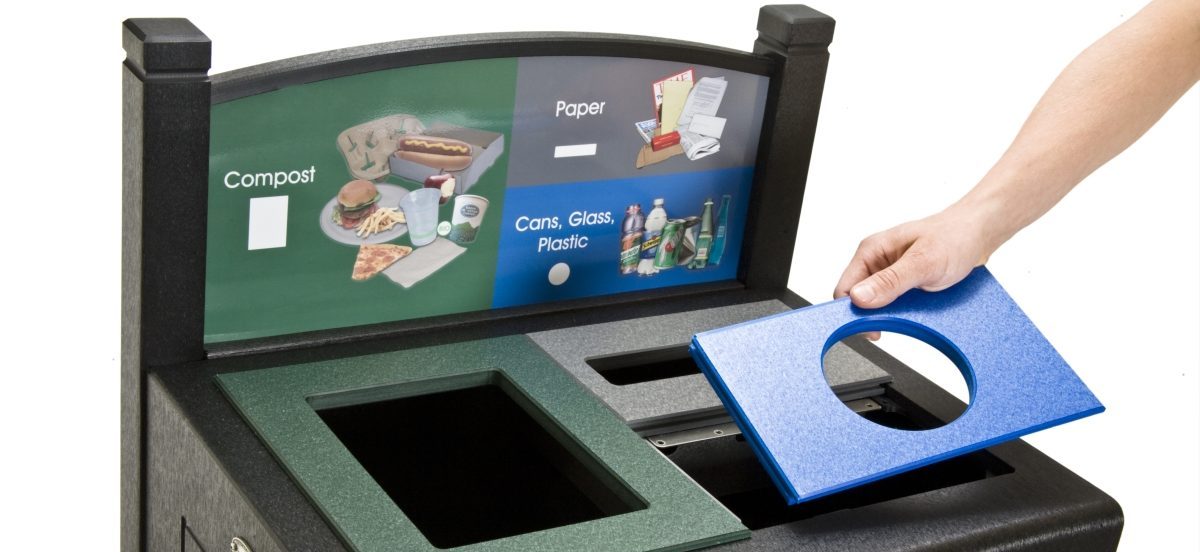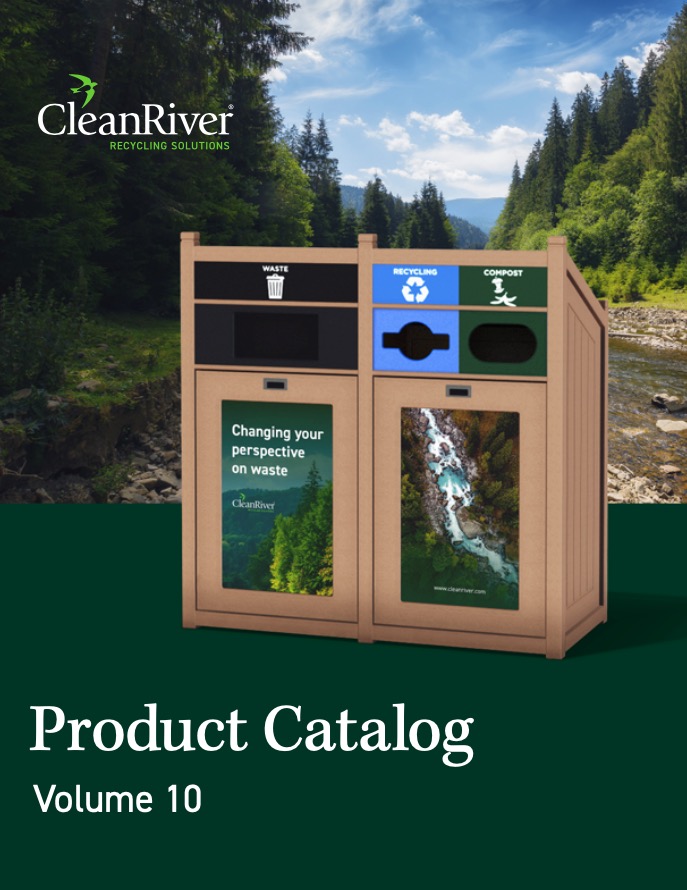Share
When implementing a recycling program at your facility, it’s important to define the key reasons you’re doing it. Whether your goal is revenue generation, cost avoidance, or to decrease your organization’s environmental footprint, proper planning for a recycling program is critical to determine if you’re set up for success or failure. With over 28 years in the industry, what I’ve learned is most of the time it comes down to money.
No matter what your goals are, launching a successful recycling program doesn’t have to be a daunting task. Below are my 4 tips for facility managers to keep in mind when implementing a recycling program to make it as successful as possible.
1. Eliminate Any Financial Restrictions By Optimizing Your Waste Hauler Contracts
Start by taking a look at your waste hauler contracts. Look to see if there are any areas where you could reduce costs to try and lessen any financial restrictions around implementing a recycling program. Often when you look into your contract you’ll find you’re paying for a service frequency that you don’t need. Check your dumpsters if they’re not full when collected, change your collection schedule to meet your demand. This can make a significant impact on cost savings.

If there’s limited funds available to implement a recycling program, nobody’s going to get excited about the program. This leads to poor planning, resulting in poor design, and ultimately choosing the wrong equipment. When you have the wrong equipment it creates confusion which leads to higher contamination of the materials.
Check out example questions to ask your waste hauler.
2. Get Senior Management Buy-In

When implementing a recycling program, it’s no different than any other initiative that you’re undertaking in your business. It is critical to get all the key stakeholders in line with what you’re about to do. We can’t stress enough how important it is to have senior management buy-in so they understand what’s happening and why. Often recycling programs fail because no-one makes them a priority. However, if senior management are seen to be actively involved in the new recycling program and taking it seriously, then everyone else in the organization is going to take recycling seriously too.
Be sure to follow it up with all the other pieces of the puzzle such as sustainability teams, purchasing departments and custodial. The custodial staff is your last line of defense and you also must bring in the waste haulers because they’re also going to be a key part of what leaves your facility.
For helpful tips and tricks to get senior management buy-in, check out our blog 3 Ways To Convince Your Boss To Start A Recycling Program.
3. Establish A Baseline For Your Waste Diversion Rate

Once you’ve determined what you’re going to do, the next step is to establish a baseline for your waste diversion rate.
Once you’ve calculated your waste diversion rate you can set diversion rate targets for your organization. If your facility is building a recycling program from scratch, we recommend a good goal to aim for is to increase your waste diversion rate from 0 to 50% within the first year. Work with all the different stakeholders to see what their current waste challenges are and areas for potential improvement to work towards your new goal.
An example of this could be something as simple as considering the amount of time it takes custodial staff to change a simple plastic liner. Is that going to take more time or less time? If it takes them more time, they may not change the liners as often therefore the recycling is more likely to pile up. If the recycling bin is full, people will then start to throw their recycling in the trash bins, therefore reducing your waste diversion rate. It’s necessary to have a baseline because that’s going to set the base for success to be measured down the road.
4. Be Future Ready

One of the things you can guarantee is that change is going to happen, and in the world of waste management and recycling we have seen many changes over the years. One of the major issues that I’ve seen is people take the time to implement all the proper recycling equipment, only to see change be forced on them. For example, they were collecting two or three different waste streams but now, due to a new waste hauler contract or government mandate, their collection streams must change. If your waste and recycling stations are not designed to be future ready and transition easily to different waste streams then this can end up costing you a lot of time and money.
BONUS TIP: Make Sure You’re Not The Custodial Contractor’s Last Stop
If you’re a facility manager managing multiple facilities and you have a custodial contractor servicing many of the local facilities, make sure you’re not the last stop at the end of the night. I have witnessed firsthand instances where small custodial companies will clean up, pick up all the trash, and then unfortunately deposit it at their last facility stop. If you happen to be the last stop at the end of the night, double check that the custodial contractor is not dumping everyone else’s waste in your bins. If this is the case, it is going to increase your waste hauling costs and leave you with an inaccurate diversion rate for YOUR facility.
-By CleanRiver Founder & CEO Bruce Buchan
For more tips on launching a successful recycling program at your facility, check out our blogs 4 Reasons Why Your Recycling Program Is Failing and 10 Step Checklist To Start Making Money With Your Recycling Program.
CleanRiver Recycling provides a variety of innovative, flexible and customizable recycling solutions. To determine the right solution to meet your needs, use the CleanRiver product selector.
If you have additional questions that weren’t answered in this blog post please call us at 1-888-646-4246 or email solutions@cleanriver.com.


